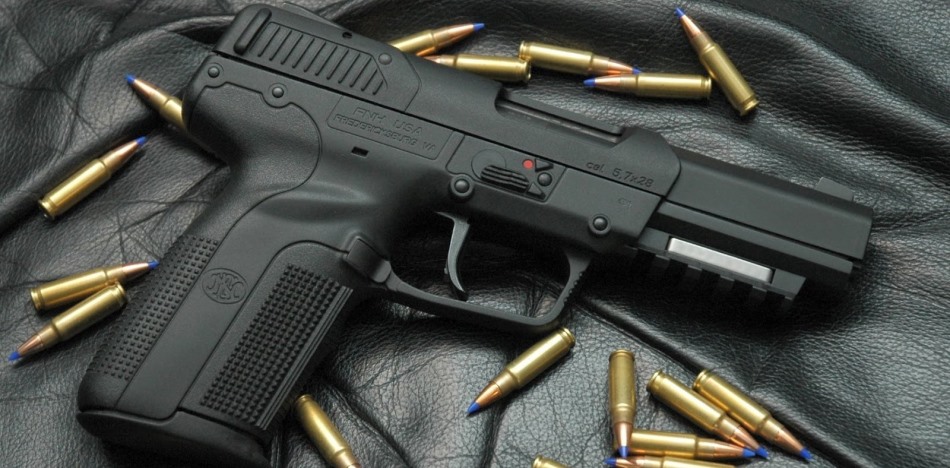Gunrunning: a regional security issue


El Salvador, Honduras, and Guatemala possess the capacity to equip each gang member with seven pistols
In previous decades, a series of initiatives have been implemented with the aim of mitigating the illegal arms trade. Projects such as the "Contadora process" (1983) in which take-on commitments were made to promote the prohibition of arms; the framework "Treaty for Democratic Security in Central America" (1995) set the first precedents to combat this growing problem.
Therefore, in recent years, the cooperation of Mexico and Guatemala have been strengthened through the ATF, Bureau of Alcohol, Tobacco, Firearms, and Explosives, of the United States in an attempt to intensify policies against trade and transit of illegal weapons.
According to a study of arms trafficking from the Woodrow Wilson Center for the Americas, arms trafficking to Guatemala from the United States is increasing rapidly. This shows that the weapons don’t just stay in Mexico, but also travel to Honduras and El Salvador focusing in a transit zone identified by the US as a “corridor”. However, most of the illicit arms in Guatemala end up in the hands of organized crime gangs and Mexican cartels who have established themselves in said territory.
El Salvador, Honduras, and Guatemala possess the capacity to equip each gang member with seven pistols, respectively. Besides, of the million weapons that circulate in Guatemala, only around 450 thousand are registered. In that country, 8 out of 10 homicides are carried out with firearms and between 4 and 22 homicides can be linked to the same weapon, according to the ministry of the interior of said country.
Mexico, on the other hand, maintains a fairly high rate of homicides with illegally acquired firearms. According to the Woodrow Wilson Center for the Americas arms trafficking study, from 2006 through 2014 about 4,813 illicit weapons (all types of weapons) have been seized on the US-Mexico border, of which 2,518 were long weapons, more specifically, assault rifles (AK-47), as well as seizures of 225,423 ammunition.
In addition to the aforementioned, studies executed by researchers at the Johns Hopkins Center of weapons policy affirmed that the border states with the highest export rates of illicit weapons in the US are Arizona, New Mexico, and Texas. These states are attractive for gunrunning due to the low prohibition when purchasing batches of weapons.
Latin American Post | Camilo Salazar
Copy edited by Susana Cicchetto





